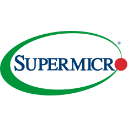AI Index / D-Wave Quantum Inc.
D-Wave Quantum Inc. (QBTS)
D-Wave’s revenue sources: 1) Quantum Compute-as-a-Service (Leap) subscriptions/access; 2) Professional services for proofs-of-concept and application development; 3) On-premise system sales and upgrades (e.g., Advantage2/QPU at Jülich). AI contribution: mostly indirect. Quantum-AI toolkits (PyTorch integration, discrete VAE) and customer AI/ML use cases (e.g., Japan Tobacco, Triumph) can stimulate QCaaS usage and services, but there is no disclosed stand-alone AI product revenue. Core revenue remains quantum systems and services.
Loading...
We are continuing important development work that brings together quantum and AI to explore the synergies and benefits of these complementary technologies. Our aim is to help organizations accelerate the use of annealing quantum computers in a growing set of AI applications.
- Alan E. Baratz
Similar Companies in the Swift AI Index
Quotes from dwave-quantum Executives About Artificial Intelligence and Generative AI
We launched an open source quantum AI toolkit that provides direct integration between D-Wave's quantum computers and PyTorch, a production-grade machine learning framework widely used to build and train deep learning models.
- Alan E. Baratz
We recently introduced a collection of developer tools to advance quantum AI and machine learning innovation.
- Alan E. Baratz
Customers are increasingly coming to us to explore how to integrate quantum into AI workflows, and we expect that this will remain a priority development area for us.
- Alan E. Baratz
Annealing quantum computing is well suited to a broad set of problems, including AI machine learning, quantum simulation and business optimization.
- Alan E. Baratz
Quantum optimization, powered by annealing quantum computing can deliver value in terms of better and faster solutions.
- Alan E. Baratz
There are a number of modern approaches to AI and machine learning model training and inference. Variational autoencoders is one approach, but there are other important things like transformation model -- sorry, transformer models and diffusion models. And we're working with those as well.
- Alan E. Baratz










